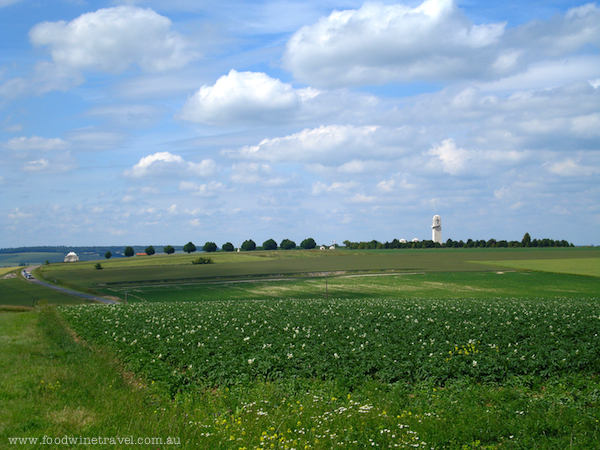
No one knows where Septimus Killigrew or the other eight men of the 17th Battalion C Company who died with him are buried.
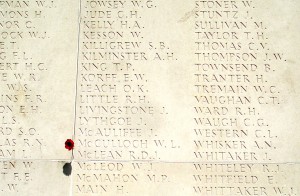
On the night of August 2, 1916, they were moving through the trenches on Pozieres Ridge on their way to a position to bomb when three shells in quick succession killed them instantly.
Reports indicate that they were buried near the communications trench in which they were sheltering, but no one knows exactly and nothing marked the place.
Septimus Killigrew’s name, along with many other Australians, is on the wall of the Australian National Memorial at Villers-Bretonneux in France. About 11,000 soldiers who died in France have no known graves.
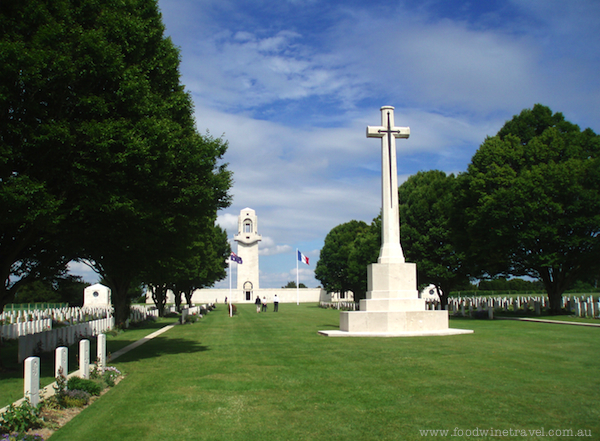
Taking part in the first battle at Pozieres, Septimus, aged 23, had been in France for only two months. His only epitaph is the words of his comrades who said in a Red Cross report that he was “a good athlete and very popular”.
Three months earlier on May 8, 1916, Septimus Killigrew’s brother, William, received a gunshot wound through the head and died on his way to the field dressing station. He was 30 years old and a greengrocer in Newtown, Sydney, before enlisting in July 1915.
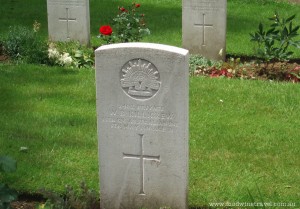
As a member of the 18th Battalion, he was taking part in the 1916 Somme Offensive and had also been in France for less than two months. His battalion then joined that of his brother’s at Pozieres. Septimus and William were my grandmother’s brothers.
William was buried in the Brewery Orchard Cemetery at Bois-Grenier about three kilometres south of Armentieres near the border with Belgium.
As the name implies, the cemetery was part of an orchard near an old brewery. A modern brewery now stands in the same place and it is perhaps not without irony for Australian soldiers to be buried there.
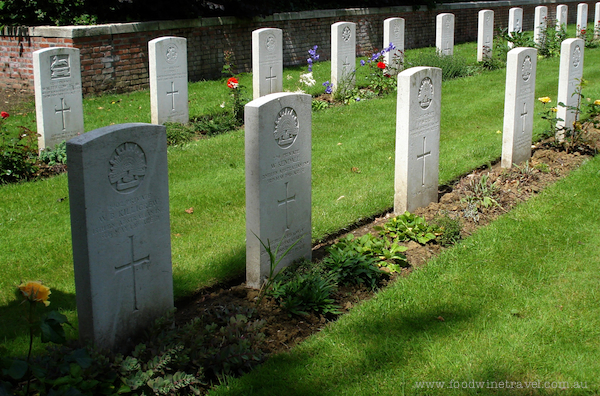
The cemetery, beautifully maintained by the Commonwealth War Graves Commission, is almost in the middle of the town but remains a quiet and peaceful place surrounded by trees and the songs of the birds that make them home.
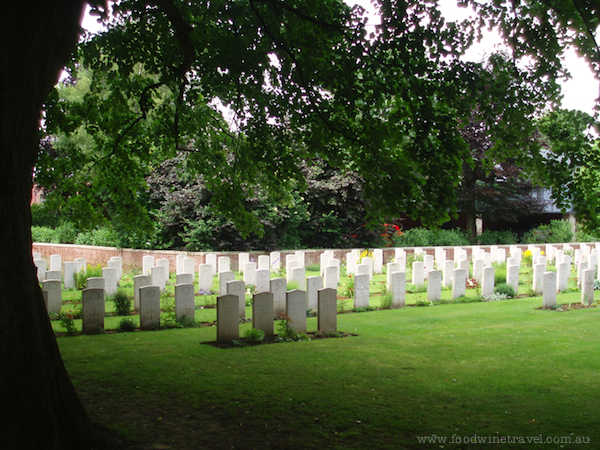
We visited Bois-Grenier in 2009 and, experiencing the tranquillity of the place, I came away comforted that William was at peace. But I still wonder about Septimus, lying somewhere in what was the mud and mayhem of Pozieres.
The sad fact is that those unknown resting places of Australian soldiers are the ongoing tragedy of the First World War for families past and present. Can we ever say that they are at peace and can we ever feel comforted by that thought?
Other posts you might be interested in: Menin Gate, Ypres; The Lost Diggers of Vignacourt.


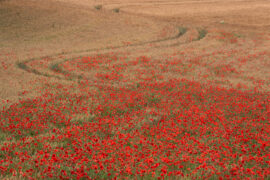


It’s a lovely eulogy to our brave relatives who left the shores of safety and the love of their families to fight for the same privileges for others.
Few would have questioned the mission. Like many men of the day, they just knew someone needed help, they stepped up, there was a job to be done.
Wherever those men fell, their blood mixed with the mud and they were given back to Mother Earth, making the ultimate sacrifice for others.
Whilst people write eulogies, march in remembrances, and relive the brave deeds of those who where never found, they will rest in peace, knowing the soil they have fallen into has been given back to the rest of us…job done.
Lest We Forget.
Beautful and timely post. Such brave, brave men.
Thanks Maureen, they were very brave indeed.
Maurie – That’s a very personal link to the tragedy of warfare – how sad. It’s particularly poignant to read how Septimus was described by a mate.
My own grandmother lost a half-brother, from injuries sustained on the Somme. He was in the Ulster Division and he died of injuries at a recuperation station in Normandy. I had hoped to visit his grave but my French sojourn was cut short on that occasion. I was privileged to visit Villers-Bretonneux on ANZAC Day in 2002 when working in Paris, also visiting a number of cemeteries and trenches on two occasions; the tremendous scale of the loss is a little revealed by those massive WW I (and WW II) cemeteries.
WW I really was a complete travesty was it not?
Christine and Maurie, somehow I think we missed seeing this beautiful piece when it was first published. So much tragic loss of life… and, yes, can we really feel that those brave souls are resting in peace?